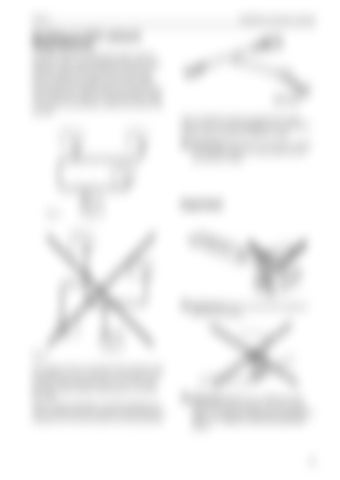EVC-C
Installation procedure, general
Building an EVC network Requirements The EVC system is a distributed system with the electronic units (nodes) located all around the boat. The EVC nodes are the Powertrain Control Unit (PCU) located in the engine room and the Helm Control Unit (HCU) located near the helm station. The standard bus cable connects the nodes to each other and forms a network. The standard bus cable, Y-connectors and extension cables are used for this purpose.
HCU
HCU
Part No.
Connection to . PCU or HCU
This is avoided by always connecting the longer cable on the Y-connector directly to the node (PCU or HCU) without using any extension cable. IMPORTANT! Note that the Y-connector always is connected directly to a node without use of any extension cable.
HCU
Important
PCU
Fig. A
HCU
HCU
IMPORTANT! Never use any kind of grease in the EVC connectors.
HCU PCU
Fig. B The nodes must be conneced and the network must be designed in such a way that no branches will be formed. Longer branches (max. 0.5 m/1.6 ft) may generate communication disturbances in the EVC bus cable. Figure A above illustrates a correctly designed network including three helm stations. Figure B gives an example of an incorrect network with long branches.
IMPORTANT! Never cut or modifiy the Volvo Penta EVC cable harnesses. For extra power supply use the Volvo Penta relay for accessories. Refer to the Relay for external accessories section.
33





